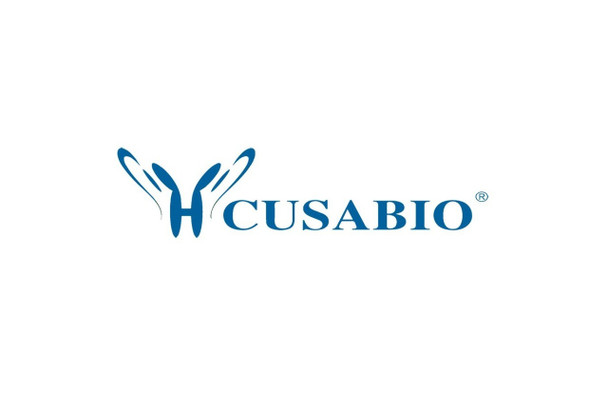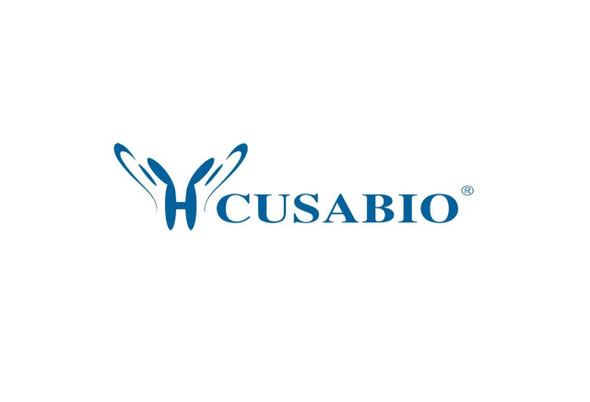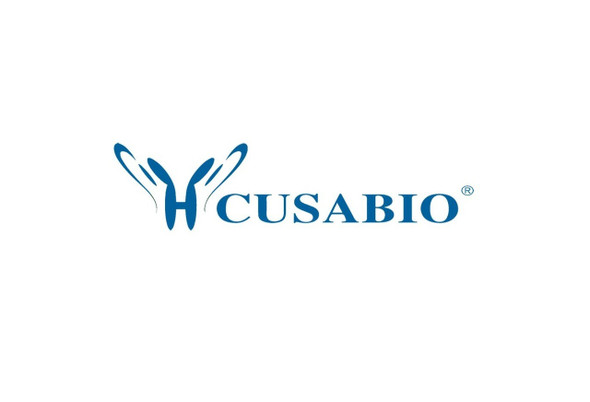Cusabio Polyclonal Antibodies
L2 Antibody, FITC conjugated | CSB-PA365848LC01HML
- SKU:
- CSB-PA365848LC01HML
- Availability:
- 3 to 7 Working Days
Description
L2 Antibody, FITC conjugated | CSB-PA365848LC01HML | Cusabio
L2 Antibody, FITC conjugated is Available at Gentaur Genprice with the fastest delivery.
Online Order Payment is possible or send quotation to info@gentaur.com.
Product Type: Polyclonal Antibody
Target Names: L2
Aliases: Minor capsid protein L2, L2
Background: Minor protein of the capsid that localizes along the inner surface of the virion, within the central cavities beneath the L1 pentamers. Plays a role in capsid stabilization through interaction with the major capsid protein L1. Once the virion enters the host cell, escorts the genomic DNA into the nucleus, in particular by promoting virion endosomal escape. It is involved, through its interaction with host dynein, in the intracellular microtubule-dependent transport of viral capsid toward the nucleus. Mediates the viral genome import into the nucleus through binding to host importins. Once within the nucleus, L2 localizes viral genomes to PML bodies in order to activate early gene expression for establishment of infection. Later on, promotes late gene expression by interacting with the viral E2 protein and by inhibiting its transcriptional activation functions. During virion assembly, encapsidates the genome by direct interaction with the viral DNA.
Isotype: IgG
Conjugate: FITC
Clonality: Polyclonal
Uniport ID: P03107
Host Species: Rabbit
Species Reactivity: Human papillomavirus type 16
Immunogen: Recombinant Human papillomavirus type 16 Minor capsid protein L2 protein (1-473AA)
Immunogen Species: Human papillomavirus type 16
Applications: ELISA
Tested Applications: ELISA
Purification Method: >95%, Protein G purified
Dilution Ratio1:
Dilution Ratio2:
Dilution Ratio3:
Dilution Ratio4:
Dilution Ratio5:
Dilution Ratio6:
Buffer: Preservative: 0.03% Proclin 300
Constituents: 50% Glycerol, 0.01M PBS, PH 7.4
Form: Liquid
Storage: Upon receipt, store at -20°C or -80°C. Avoid repeated freeze.
Initial Research Areas: Others
Research Areas: Others






